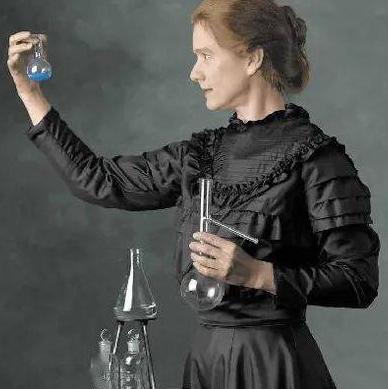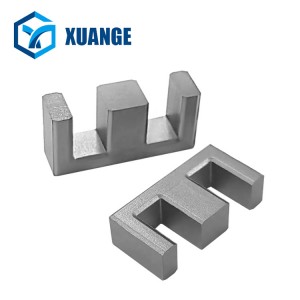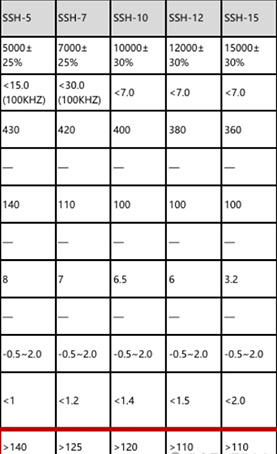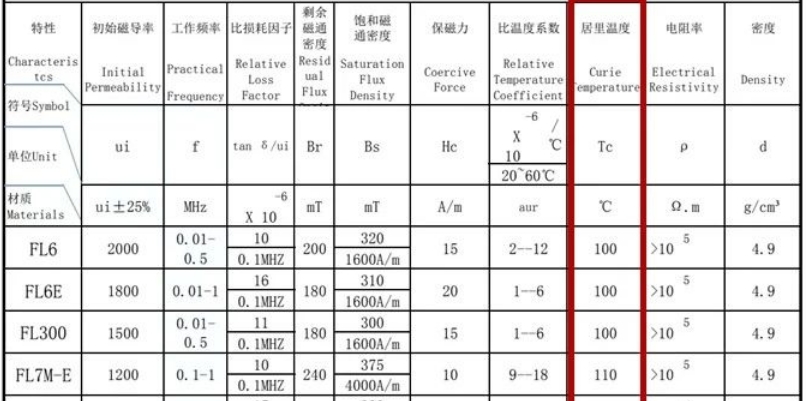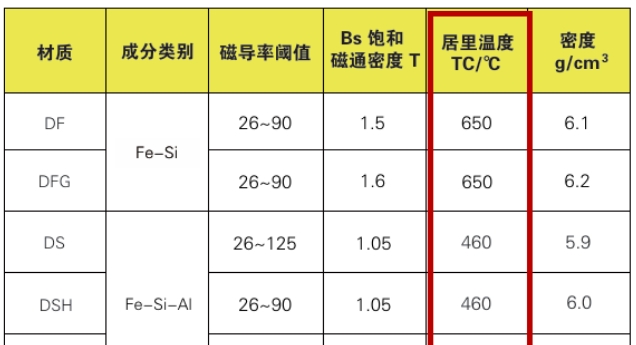“Some time back, someone asked if the magnetic core has a temperature resistance grade. And someone replied like this:
‘Temperature resistance grade is for insulating materials. The magnetic core isn’t considered an insulating material, so it doesn’t have a specific temperature resistance grade. But it does have a critical temperature-related parameter called Curie temperature.’
Today, let’s chat about the ‘Curie temperature‘ of the magnetic core.
The Curie temperature, also known as the Curie point or magnetic transition point, is when the magnetic field strength of the material drops to 0 as it’s heated. It was discovered by the Curies in the late 19th century: when you heat up a magnet to a certain temperature, its original magnetism disappears.
In transformers (inductors), if the magnetic core‘s temperature goes above its Curie temperature, it can cause the inductance to drop to 0. While most products can regain their function after cooling down, for transformers (inductors) in operation, having zero inductance will lead to failure and burnout.
So when designing and selecting transformers (inductors), it’s important to leave some margin for keeping the magnetic core’s temperature below its Curie point during operation.
The Curie temperature of power manganese-zinc ferrite is over 210°C. Most transformer (inductor) insulation materials have lower temperatures than this, so during operation, the magnetic core generally won’t reach such high temperatures.”
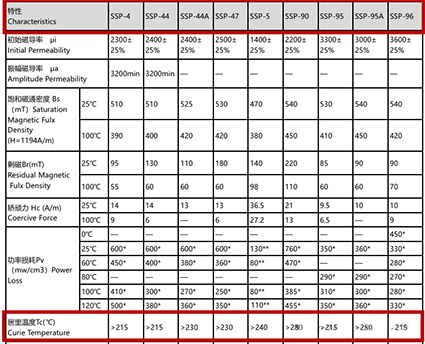
The Curie temperature of high-conductivity manganese-zinc ferrite is over 110°C. Most transformer (inductor) insulation materials can handle higher temperatures than this, and the temperature of the transformer (inductor) after working can easily go above this. So, we really need to pay attention to how we design high-conductivity magnetic cores to make sure they don’t get too hot when they’re in use.
The Curie temperature of nickel-zinc ferrite is over 100°C. Just like with high-conductivity ferrite, it’s super important to make sure the magnetic core doesn’t get hotter than the Curie temperature when the transformer (inductor) is working. This is especially crucial for our commonly used nickel-zinc products, like I-shaped inductors, rod-shaped inductors, and nickel-zinc toroidal inductors.
The Curie temperature of alloy powder core is over 450℃, which is pretty high. In this case, we’ve got to be extra careful about how well other components of the transformer (inductor) can handle heat.
This article comes from the Internet and belongs to its original author.
Post time: Aug-22-2024

